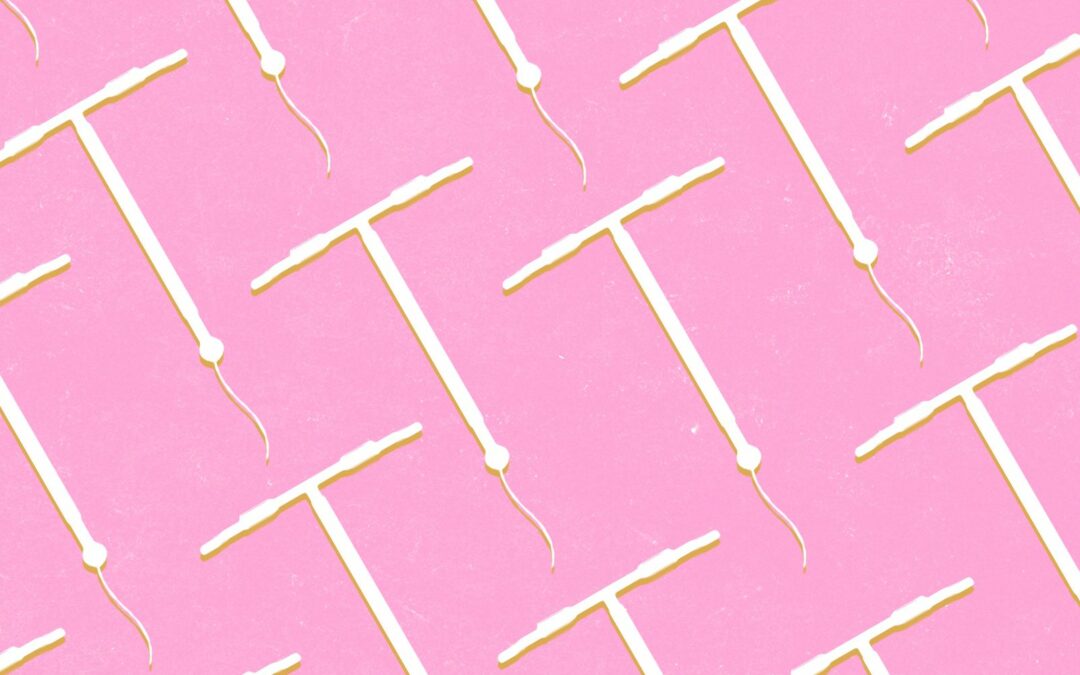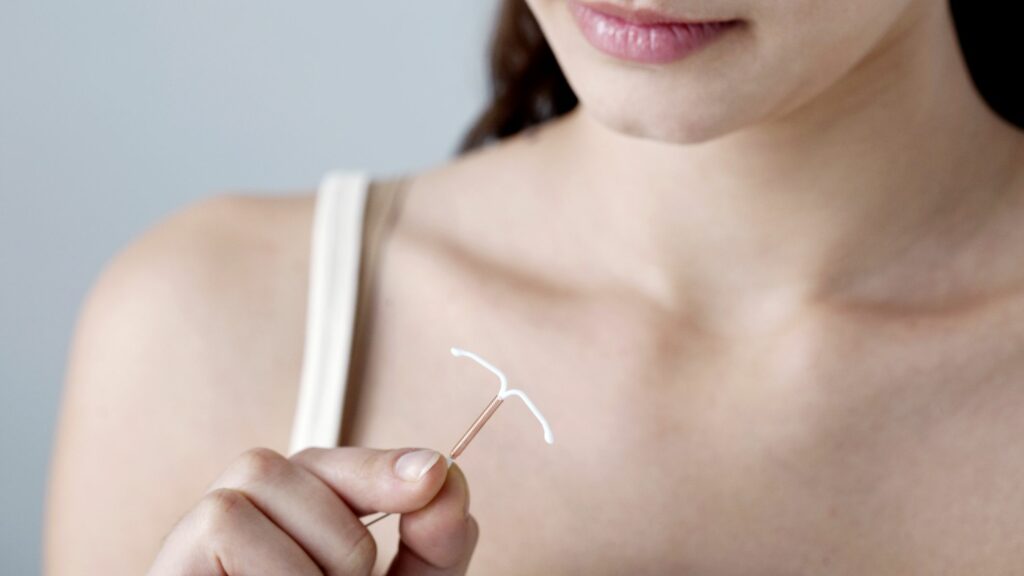Before discussing IUD expulsion, and what to do if it falls out, let’s understand what IUD is. Intrauterine Device (aka IUD or intrauterine contraceptive device) is a small, usually T-shaped birth control device positioned into the uterus to avoid possible pregnancy. It is an effective and famous way to aid birth control forms. Mostly IUDs stay in position after being placed, but at times they fall out. This is known as IUD expulsion. At times, the user may not know whether it has fallen out; thus, that is known as partial expulsion.
Most women or people, in general, are curious to know why an IUD has two dangling strings attached to it. Well, those strings are a crucial part of the structure of this device, as they aid in ensuring that the IUD put in stays at its place. Another reason is whenever women feel like having it removed; the doctors can easily take it out.
Therefore, in this article, we will be focusing on why that happens and what you can do if you ever find yourself in a situation where your IUD device has fallen out.
Types of IUD Expulsion
Two different types of IUD are hormonal and non-hormonal. Copper IUD is the non-hormonal one, and the hormonal IUD releases a form of a hormone known as progestin. These IUDs may look somewhat similar, but they function individually. A non-hormonal IUD, i.e. the copper one, functions by loosening copper ions, which keep the sperm at bay. This aids in keeping it away from reaching the uterus.
However, as for the hormonal IUD, there are quite some ways it resists the risk of pregnancy. In addition to being approved for heavy period bleeding episodes, hormonal IUD thickens the layer of mucus around your cervix, which makes it hard for sperm to go through. More ways include thinning the uterus line, which doesn’t allow an egg to be attached. More importantly, the hormone (progestin) hinders the process of ovulation, making it impossible for your ovaries to release any eggs that can be fertilized.
In most cases, after the insertion, you’ll be asked to forget about it unless you want it to be removed. It’s a heavily pursued option, as one won’t have to take any additional steps to avoid pregnancy and participate in sexual activities troublesome-free.
Causes of IUD Expulsion
Simply put, the cause as to why an IUD falls out or gets dislocated is pretty much unknown. However, recent research has tried to pin the following reasons as to why this occurs. Women at the tender ages of below 20 are the most typical targets. Since IUD expulsion is uncommon, it happens to new and too young for the experience. It is also quite possible that you face IUD expulsion if you are someone who experiences heavy and painful period episodes.
Apart from the reasons mentioned above, another reason could be if you have recently given birth or have never given at all. In addition, if you have undergone any medical abortion, that could also contribute to the falling out of your IUD.
Symptoms of IUD Expulsion
After you are done with the entire process of inserting an IUD in your uterus, and your doctor has told you all the important details, there are going to be numerous times when you’ll think that it either has gone out of its place or fallen out. However, it is best to comprehend the signs and symptoms before jumping to any irrational decision.
When it comes to physical symptoms, those are weird vaginal discharge, considerable bleeding, severe cramps, and discomfort during sex. When looking into the strings, one string is shorter than the other, or worse, it could be missing strings and dislocated strings.
In addition to all these signs and symptoms, some women are also at risk of developing infections and fever if the case is bad.
Ways to Check UD Expulsion
If you are sure that you have had IUD expulsion, then don’t rush or attempt to stick it back inside your vagina. Not only could that cause problem, but it can also create complications. To check whether your IUD strings have loosened, the first and foremost thing to do, to advance with the checking, is to wash your hands squeaky clean. The last thing you would want to happen is to deal with such a sensitive part of your body, with dirty hands.
Once you have washed your hands thoroughly, get into a squat position and put your finger in the vagina, all the way until you touch/feel the cervix. The next step is to sense the strings. The strings will probably be hanging through your cervix.
Be rest prepared that you’ll be feeling a degree of pain if you have gone through partial IUD expulsion or the IUD expulsion as a whole.
What To Do When Struck With IUD Expulsion?
IUD expulsion is an overwhelming situation for the small percentage of women who encounter it. Nevertheless, it is vital to follow these steps to avoid transitioning your current issue into a potentially bigger one.
Though experiencing IUD expulsion is unpleasant and not something a woman looks forward to, it is best to remain calm. Freaking out and letting your emotions get the best of you isn’t the ideal solution to this problem.
Moreover, it is always a good idea to double-check whether your IUD has fallen out or not. Call your doctor or a professional health care provider. If it has been only a few days since the insertion, it is best to wait out. If symptoms such as fever and widespread pain linger, it will be high time you pay a visit.
Don’t do many physical activities. Try to rest, and take care of yourself. Take some preventive measures; don’t participate in any sexual activity until you have discussed your ongoing situation with a professional.
Conclusion
IUD expulsion is a rare occurrence. It doesn’t occur to all the women using it, but it can happen to a few. Hence, if you are suffering, kindly set a meeting with your doctor to help ease the pain. In conclusion of all this, you may feel like never trying an IUD. However, if you think it isn’t worth another chance, you can always explore more birth control options such as pills and patches.



Recent Comments